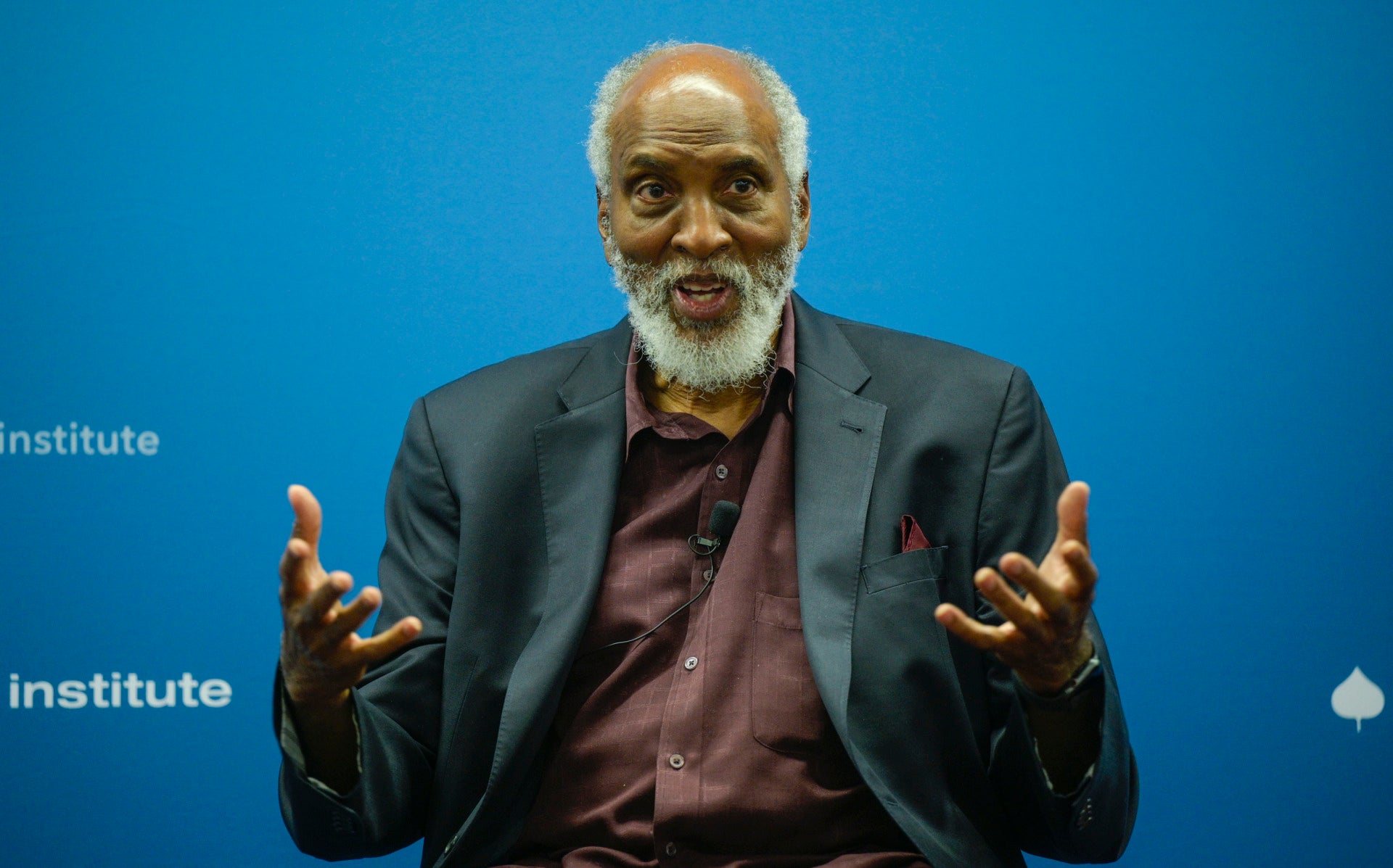Think about the effort and the huge sums of money spent on educational programs to deal with our nation’s problems: obesity, teen pregnancy, low graduation rates and life-long health. The good news is that we already have a ready-made educational program that would address all these areas; school sports. The Women’s Sports Foundation’s research, Her Life Depends on It II, details the rewards flowing from sports participation. In short, sports lead to more educational attainment, a more productive economy and a healthier population.
Title IX has proven to be a game changer for girls and women’s sports participation. It has fueled over 1000% increases in high school sports participation. But it is limited; the law only gives girls the ability to expand school sports to the sports model provided to boys. When certain schools do not offer many sports to boys, Title IX can only require schools to provide girls what they are providing boys. Furthermore, Title IX is useless to expand opportunities for both. It’s time for Congress to acknowledge the role of school-based sports and the need for these opportunities to be accessible in all communities, especially those with lower income areas.
The most recent research report from the Women’s Sports Foundation, Progress Without Equity: The Provision of High School Athletic Opportunity in the United States, by Gender 1993-94 through 2005-06 found that:
- Boys received a larger proportion of athletic participation opportunities than girls did for each school year in all communities (i.e., urban, suburban, town, and rural). However, the lowest percentages of athletic participation opportunities – for both girls and boys — occurred in urban schools, whereas the highest percentages were issued in rural schools.
- Schools with greater economic resources provided more athletic participation opportunities for their students—both girls and boys—than their less fiscally sound counterparts.
- Girls were provided proportionately fewer athletic participation opportunities than boys during each school year and in all geographic regions (i.e., Northeast, Midwest, South and West.)
- Most schools provided boys and girls with the same number of sports, but boys were provided teams with far more participants than women were. (WSF notes that if schools have large squad-size sports like football and baseball, they will probably need to offer girls with 2-5 more sports than are offered to boys.)
Yet the majority of schools could provide both boys and girls with many more sports opportunities. As the chart below demonstrates, kids’ sports opportunities are directly related to geography.
 Schools provide girls in Maine with more than twice as many sports opportunities that they provide boys in Florida. It isn’t that boys in Florida don’t want those sports, they just aren’t there. The solution is simple: start freshman and JV teams, and start new sports like lacrosse, rugby, competitive stunt… even Quidditch teams would fill up immediately.
Schools provide girls in Maine with more than twice as many sports opportunities that they provide boys in Florida. It isn’t that boys in Florida don’t want those sports, they just aren’t there. The solution is simple: start freshman and JV teams, and start new sports like lacrosse, rugby, competitive stunt… even Quidditch teams would fill up immediately.
In addition, sports departments should strive to be inclusive, not exclusive. There should be a place for disabled kids to participate, late bloomers, those born of small stature, as well as kids who are already obese. Sports should not be for the elite few, but for the masses.
This June marks the 40th Anniversary of Title IX; the landmark federal law which gives girls the same opportunities as boys in all educational programs receiving federal funds. Yes, we work every day to address blatant inequities, but the number of high school girls participating in school sports has grown to over 3.1 million since the law’s passage in 1972.
Considering the life-long robust benefits our children can receive from sports, including attaining more education and more full-time workforce participation, it seems that Congress could use the anniversary to highlight the importance of sports and urge all schools to substantially increase opportunities for all our students.
Find out about our event on Title IX and getting girls into the game. Nancy Hogshead-Makar is a Professor of Law at Florida Coastal School of Law and Senior Director of
Advocacy at the Women’s Sports Foundation.

